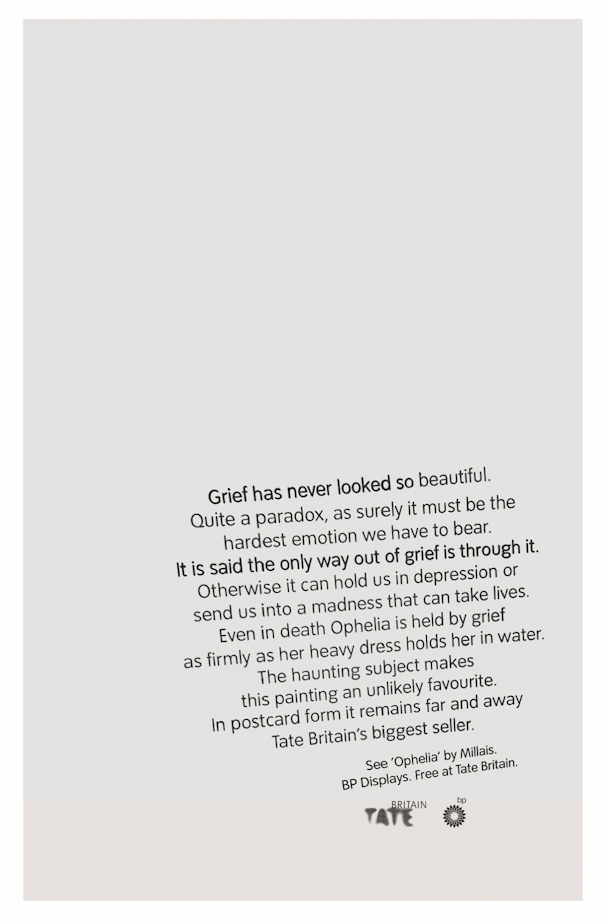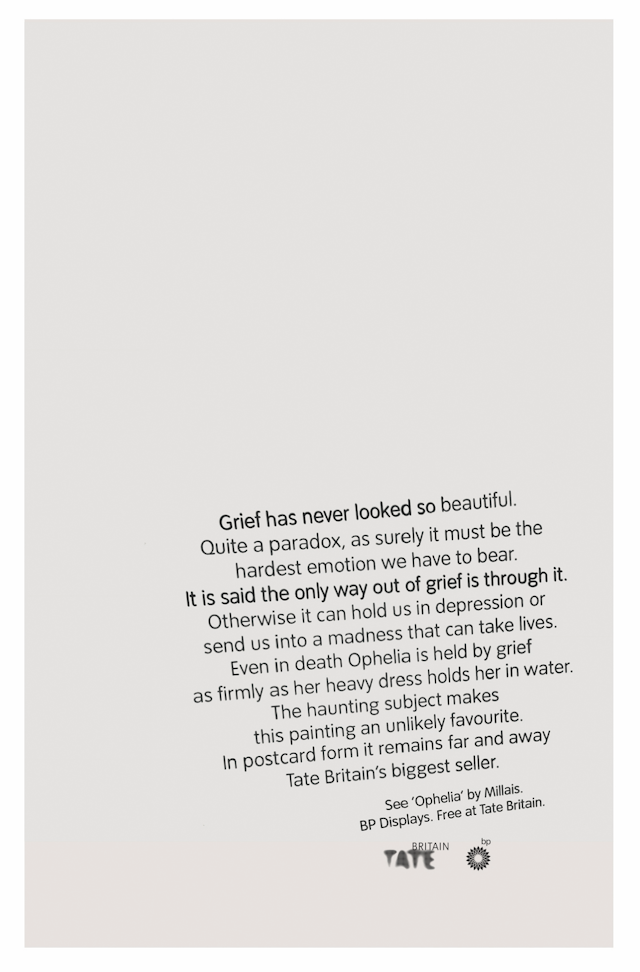What’s behind the shift towards long form content by the Guardian, Facebook, Snapchat et al?
There has been something of a resurgence in long form writing of late, both in journalism and advertising, but what has caused this shift, and is verbosity here to stay?

Commercial and creative content are changing. In a world of brevity and fast consumption, the comfort of long form is making a comeback. In the last 18 months alone we’ve witnessed the launch of Facebook Instant Articles, the Guardian’s ‘The Long Read’, Snapchat Discover and more, putting a world of long form content at our fingertips. Now even Twitter – once sold as “a short burst of inconsequential information” – is rumoured to be changing its character limit from 140 to 10,000.
Typically, opinion on long form has been split into two camps; those who see it as a gamble thanks to audiences’ supposedly shrinking attention spans, and those who see it as way to engage readers and offer real value. With the benefits of long form content, especially in digital, just beginning to gain traction, what has caused this shift in attitudes, affecting both the worlds of journalism and advertising?

“There was a time when it was all about being shorter and cheaper,” explains Rob Orchard, publisher of quarterly magazine Delayed Gratification, which prides itself on being ‘the last to break news’.
“When editorial budgets were slashed back to the bone that sparked a trend for short, snappy and cheap content. The idea was to get as many people as possible – often in the millions – to look at free content and monetise it through innovative ad formats.
“But the pendulum has swung back,” he says, pointing to ad blocking as a catalyst for publishers now “rewiring the economics of how their journalism is funded”. In looking for “new ways to win the battle” against ad blockers, Orchard believes more publishers have realised the potential for premium long form journalism, though admits it’s ever more challenging to find a funding model that works.
“We ask our readers to pay and help fund great journalism – it’s a model that’s worked for news outlets for many years,” he says, adding in the last two years there’s been a “swing in the mood,” with more readers willing to pay for content offering a different perspective.
Web analytics firm Chartbeat, which monitors a network of over 50,000 sites, confirms it has seen an uptick in long form and a return to “simple long form storytelling” in the last year. Fellow analytics firm Parse.ly reports the same trend, praising long form for its ability to help build a brand.
“The internet is a place full of links, mostly undifferentiated, so some extra time allows the chance to stand out,” says Parse.ly chief technology officer and founder Andrew Montalenti. “We see long form performing best as content that converts someone from a passer-by to an occasional visitor.”

One publishing company seeking to balance the scales between long and short form content is digital native news outlet Quartz, which believes the most popular online content either hits above or below the 500 to 800 word mark. Speaking of the latter, editor-in-chief Kevin Delaney claims the publisher has always believed in long form and finds that it attracts readership. It’s a sentiment echoed by the Guardian with the launch of The Long Read in September 2014. Spearheaded by Jonathan Shainin, it is a concentrated strategy to focus on long form content, publishing three 5,000-word articles online and in print each week, in addition to other long form content such as podcasts.
Shainin refutes the idea that social media has impaired audience attention, claiming it has, in fact, “been great for long form journalism”.
“Readers are more likely to share unique and in-depth pieces which tell stories that can’t be found elsewhere,” he says, before adding that the Guardian is “strongly committed” to long form journalism thanks to a growing appetite from readers across all platforms.
Slow Journalism’s Orchard concurs, explaining the desire for long form spans more than just the printed word, exemplified by the popularity of podcasts such as Serial, “10-hour long documentaries” like Netflix’s Making a Murderer, and advertising. “People seem to be looking for more information than ever before,” he observes.
The return of the long copy ad?
When it comes to advertising, however, copy length can either help or hinder a brand’s ability to connect with consumers, with long form advertising very much falling out of favour and only a few brands brave enough to take on the challenge.
Of his experience working with Tate Britain on a long form poster series which ran in London Underground stations, where signal problems reduce the lure of smartphones, Pete Gatley, creative director at Grey London, recalls a shocked reaction from some when the choice of words over pictures was unveiled.
“Traditionally you would have featured the artwork, which is great in many ways but it can never match the reality of the piece. Add to that the fact you’re fighting with every other poster out there,” he laughs. “It was a fresh idea and it took a while to get right because in this visual age it’s hard not to engage in that battle.”

Online mattress retailer Eve has also taken on the challenge of long form ads recently, created by Paul Belford, founder of the ad agency that also bears his name. “People will read what interests them and there’s no reason on earth why that can’t be an ad,” he tells us when asked if long copy ads are due a resurgence. “It’s simply down to the promise of what the reader will discover and how interesting the writing is. And that’s down to the skill of the writer.”
According to Belford, long form has fallen out of favour because of current fashions, with agencies, creatives and clients guilty of following suit when they see a certain type of work dominating awards shows. “For the past few years, that work has been mostly visual gags… it works a treat on an international jury at Cannes, but sometimes less so in the real world.”
Greg Saunders, founder and creative director at White Label also champions the power of long form as short messaging, in his opinion, only really works for brands with universal awareness.
“While short messaging will stick in the short term, it’s often less likely to resonate,” he explains. “Long form can be a sensible antidote to the craze for the ultra-concise. When done well it can shine, providing a deeper level of engagement.”

